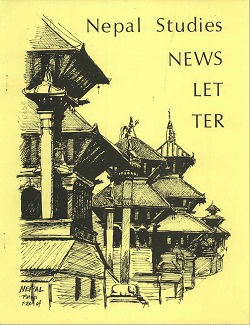Author Biography
This submission is the property of the Association for Nepal and Himalayan Studies (ANHS).
Abstract
Nepal is believed to have thousands of bonded laborers under the so-called haliya and kamaiya systems. The latter was outlawed in 2000 and the former in 2008, following a widespread campaign by local organisations, including the bonded laborers themselves. While state intervention has reportedly discouraged adults from forging an annual haliya or kamaiya contract, even the so-called “systematic rehabilitation” of “freed” kamaiya families has not been entirely successful in offering long-term livelihood alternatives. As a result, patchy reports suggest that children are increasingly taking the jobs done by their parents or elders. This study, which focuses on Musahar and Tharu communities, explores the perspective of such bonded children on their daily life-worlds.
Creative Commons License

This work is licensed under a Creative Commons Attribution 4.0 License.
Recommended Citation
Giri, Birendra R.. 2010. The Bonded Labor System in Nepal: Exploring Halia and Kamaiya Children’s Life-worlds. HIMALAYA 29(1).
Available at:
https://digitalcommons.macalester.edu/himalaya/vol29/iss1/3


